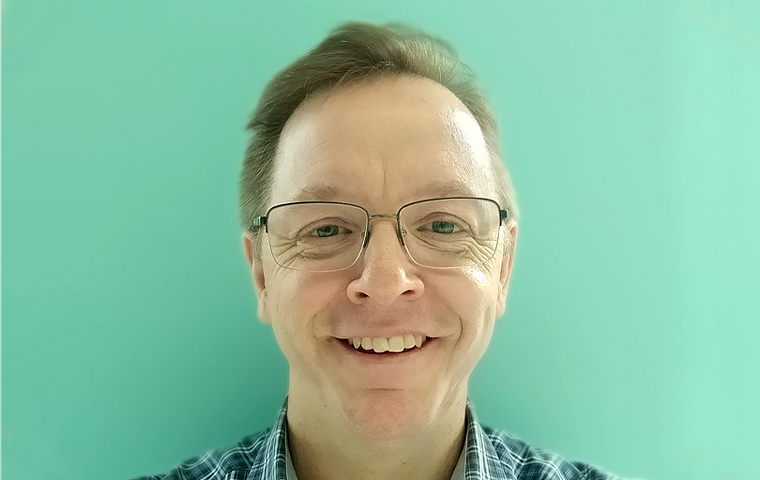News
Medical experts dispute claims of new COVID strain in SA
State officials have reported a new ‘sneaky’ strain of COVID-19, but experts question suggestions of a uniquely shorter incubation period.
 The scientific consensus is that genomic evidence is required to properly determine whether SA health officials are dealing with a new strain. (Image: AAP)
The scientific consensus is that genomic evidence is required to properly determine whether SA health officials are dealing with a new strain. (Image: AAP)
According to the state’s Chief Health Officer Professor Nicola Spurrier, the strain behind South Australia’s emerging cluster has certain characteristics that differentiate it from previous outbreaks in Australia, including a shorter incubation period and higher rates of asymptomatic cases.
Despite not recording any new infections overnight (to Thursday 19 November), an explosion of cases linked to hotel quarantine in Adelaide has seen the state enter a stringent six-day lockdown that will be followed by at least another eight days of enhanced restrictions.
Professor Spurrier had earlier told reporters it is taking ‘24 hours or even less’ for people exposed to the virus to become infectious, while she also stressed that people with ‘minimal’ or ‘no symptoms’ have passed the virus onto others.
However, Foundation Chair of Biostatistics at the University of South Australia and former World Health Organization (WHO) epidemiologist, Professor Adrian Esterman, told newsGP this is not enough to suggest a new coronavirus strain is circulating. He instead urged health authorities to release any genomic evidence that would support this theory.
‘There are so many queries around it and until you actually see the genomic structure of it, [it is impossible to know]. I think it’s highly unlikely that it’s a new strain,’ he said.
‘I think there’s more of a chance that is an existing strain, but in a different circumstance … [as] we know the circumstances affect incubation periods.’
Kirby Institute Associate Professor Stuart Turville says SARS-CoV-2 is estimated to mutate at a ‘relatively low rate’, which leads to a collection of viral isolates that may be ‘slightly different’ but not classified as new strains.
He also pointed out that other virus isolates have already been found in Australia.
‘Changes in the spike glycoprotein are the ones of most concern, as they indicate the virus may be entering cells more efficiently or escaping or becoming more resistant to an antibody response,’ he said.
‘[SARS-CoV-2 variant] D614G is hypothesised to have become more fit and able to enter cells more efficiently. Currently, this version represents more than 80% of infections worldwide.
‘An additional change was seen in the isolate primarily expanding in Victoria in the second wave; this was S477N in addition to D614G.
‘At the moment, S477N and D614G are estimated to be around 5% of infections globally and the dominant Oceanic variant.’
University of Queensland virologist, Associate Professor Ian Mackay, told newsGP that while he could only speculate because data on the supposed new strain has not been released, improved testing and contact-tracing capabilities could be influencing reports of shorter incubation periods.
‘It’s still early days in the SA cluster and this is the time where it’s important to choose the wording carefully so as not to create fear in the community,’ he said.
‘Shorter incubation periods were especially noticeable in China once testing and contact tracing found their feet; the better the system the more quickly you can find new cases and the information about how they acquired their infections is fresh.
‘[For example], the mean serial interval – the time between symptom onset in the first case and illness in the people they infected – dropped from eight to three days in one study from China.’

Virologist Associate Professor Ian Mackay believes improved testing and contact-tracing capabilities could be influencing reports of shorter incubation periods.
Professor Raina MacIntyre, Head of the Biosecurity Program at the Kirby Institute, speculated that if the coronavirus circulating in SA is a different viral isolate, it could be the M349K variant found in Europe, which is reportedly more infectious.
However, she also said short incubation periods and asymptomatic transfer have been seen elsewhere in Australia, and this does constitute proof of a new variant.
‘The observation of a very short incubation period was also seen at the Crossroads Hotel outbreak in Sydney, and there was no unusual mutant in that case,’ she said.
‘There may have been a super-spreading event with high viral shedding and resulted in high-dose exposure. This could also result in a short incubation period.
‘My guess is, the SA cases with short incubation periods have been exposed to high doses of the virus.’
Associate Professor Mackay did say a 24-hour incubation period is ‘unexpectedly shorter’ compared to previous studies, but added that may be because the SA cluster is in a large group of mostly related people, and it has therefore been more difficult to determine when new infections were acquired.
‘There are likely to be multiple shared surfaces and airspaces, a range of viral loads, and [other] circumstances that all cloud our ability to be sure of the timing in all the transmissions,’ he said.
‘Once we have some genome sequences – the gold standard for answering such questions today – we will know some more about what makes this newly arrived viral variant tick and whether it is significantly different from viruses circulating elsewhere in the world or previously in Australia.
‘This won’t provide all the answers, but it will tell us if our variants contain mutation about which we already know things.’
Log in below to join the conversation.
COVID-19 incubation infection control South Australia
newsGP weekly poll
How often do patients ask you about weight-loss medications such as semaglutide or tirzepatide?